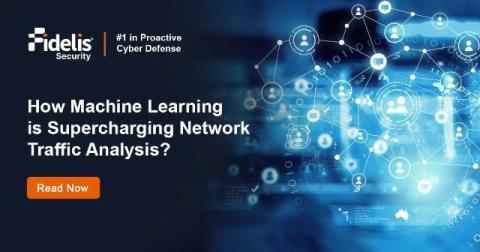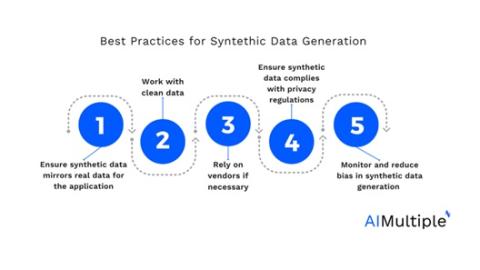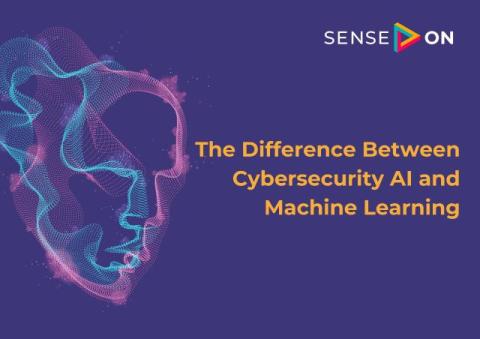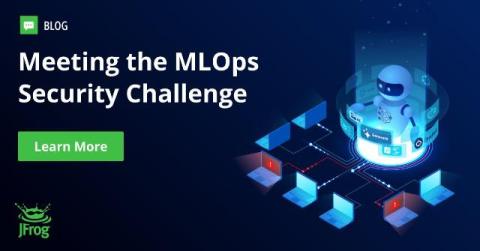Advanced Network Traffic Analysis: Machine Learning and Its Impact on NTA
Machine Learning (ML) has revolutionized industries by empowering systems to learn from data, make predictions, automate decisions, and uncover insights—all without the need for explicit programming. With ML, systems can: In network security and cybersecurity, ML and other emerging technologies are crucial for detecting malicious activities such as unauthorized access, data breaches, and other complex security threats.











